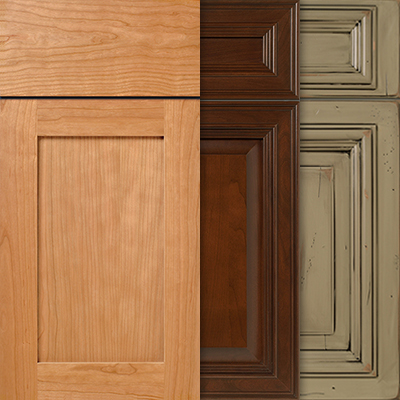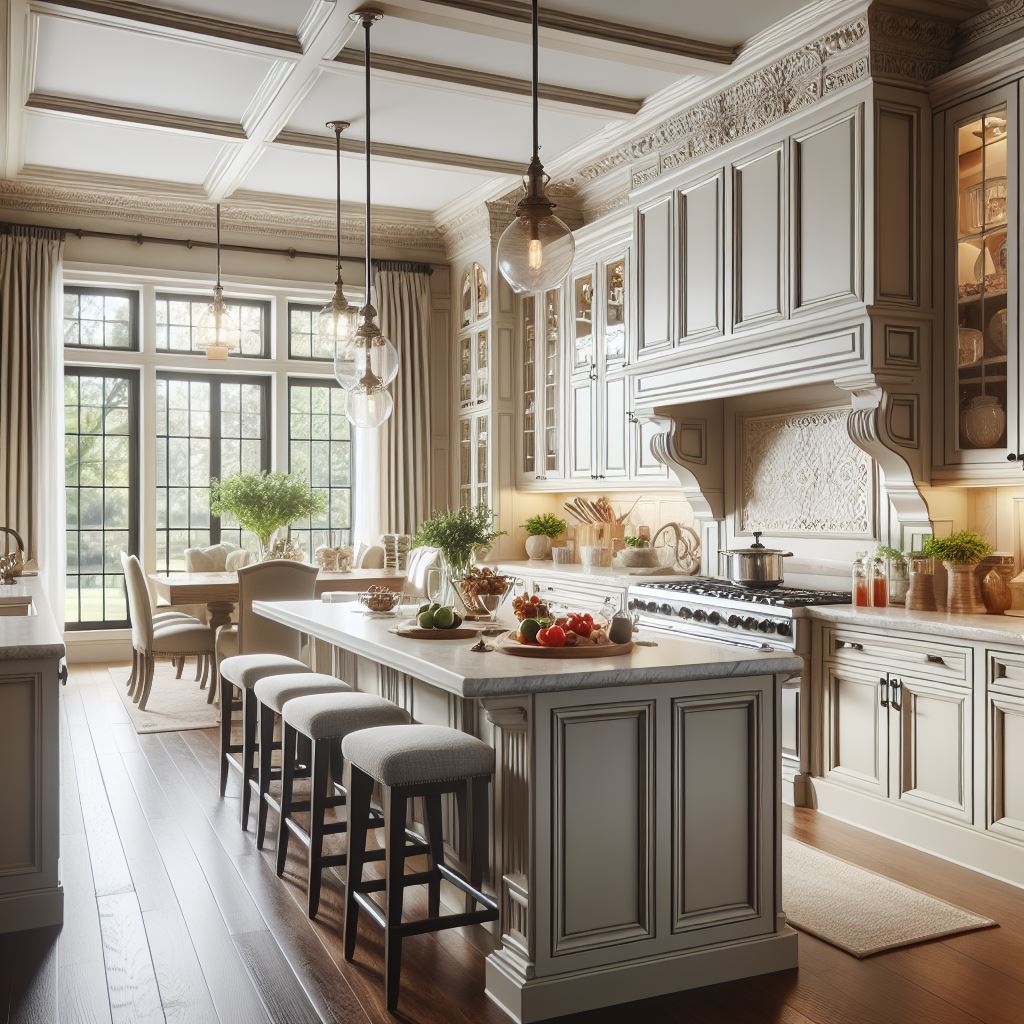All Categories
Featured
In home design, door placement often takes a backseat to bigger architectural choices, yet it plays a pivotal duty in shaping exactly how a residence feels and functions. Correct door positioning makes sure that spaces are effective, cosmetically pleasing, and conducive to a comfortable lifestyle. Right here's a thorough take a look at the scientific research behind door placement and why it is entitled to more focus in the style process.
Doors are the entrances that link one room to another, and their placement ought to promote smooth activity throughout the home.
Secret Considerations:
Sensible Pathways: Position doors to straighten with natural traffic patterns. For instance, a cooking area door must offer direct access to the dining area to streamline daily regimens.
Minimizing Barriers: Stay clear of putting doors where furniture or structural elements could block their swing or produce bottlenecks.
Transitions: Usage doorways to note changes in between public and private locations, such as hallways resulting in rooms.
The positioning of doors can considerably affect how light and air flow within a home, contributing to its total atmosphere and energy efficiency.
Placement Techniques:
Cross-Ventilation: Area doors contrary windows or other openings to promote air movement, specifically in warm climates.
Sunlight Optimization: Consider the alignment of outside doors to record morning or afternoon light, lightening up interiors normally.
Glass Doors: Make Use Of doors with glass inserts to permit light to infiltrate, enhancing brightness in nearby rooms.
Critical door positioning is crucial for preserving personal privacy in essential areas without compromising availability.
Ideal Practices:
Bedrooms and Bathrooms: Position these doors away from high-traffic areas like living kitchen areas or areas to produce a sense of retreat.
Guest Locations: For homes with visitor suites, doors should supply both simple gain access to and privacy for site visitors.
Key Entrance: The front door ought to use direct access to common locations without disclosing way too much of the home's inside.
Beyond performance, doors play a considerable role in the aesthetic coherence of a space. Their placement and design need to improve the home's visual appeal.
Layout Tips:
Symmetry and Equilibrium: Straighten doors symmetrically in shared areas like corridors to create a feeling of order.
Focal Factors: Usage grand access doors or special styles as visual highlights.
Uniformity: Suit door styles and finishes throughout the home for a cohesive appearance.
Door positioning can influence a home's energy efficiency by controling warm circulation and insulation.
![]()
Energy-Saving Techniques:
Protected Doors: Use well-insulated outside doors to reduce power loss.
Wind Defense: Setting major doors far from dominating wind directions or make use of vestibules to minimize drafts.
Zoning: Usage doors to section off locations of the home for targeted heating or air conditioning.
![]()
In lots of cultures, the positioning of doors brings symbolic meaning and can impact how a home is regarded.
Examples:
Feng Shui: In this practice, the front door's placement affects the circulation of "chi" or power, with standards stressing openness and equilibrium.
![]()
Directional Positioning: In Vastu Shastra, an old Indian design philosophy, door alignment is believed to impact success and consistency.
Access Statements: Grand entries or intricately made doors can signal warmth and friendliness.
Last Thoughts
Door positioning is both an art and a scientific research. Thoughtful placing makes sure that homes are not only useful but also unified and inviting. By considering spatial flow, natural light, personal privacy, and cultural factors, homeowners and developers can produce spaces that really feel user-friendly and well balanced. When intended properly, doors come to be extra than just access points; they form the entire living experience.
- Enhancing Spatial Circulation
Doors are the entrances that link one room to another, and their placement ought to promote smooth activity throughout the home.
Secret Considerations:
Sensible Pathways: Position doors to straighten with natural traffic patterns. For instance, a cooking area door must offer direct access to the dining area to streamline daily regimens.
Minimizing Barriers: Stay clear of putting doors where furniture or structural elements could block their swing or produce bottlenecks.
Transitions: Usage doorways to note changes in between public and private locations, such as hallways resulting in rooms.
- Taking Full Advantage Of All-natural Light and Ventilation
The positioning of doors can considerably affect how light and air flow within a home, contributing to its total atmosphere and energy efficiency.
Placement Techniques:
Cross-Ventilation: Area doors contrary windows or other openings to promote air movement, specifically in warm climates.
Sunlight Optimization: Consider the alignment of outside doors to record morning or afternoon light, lightening up interiors normally.
Glass Doors: Make Use Of doors with glass inserts to permit light to infiltrate, enhancing brightness in nearby rooms.
- Stabilizing Privacy and Ease Of Access
Critical door positioning is crucial for preserving personal privacy in essential areas without compromising availability.
Ideal Practices:
Bedrooms and Bathrooms: Position these doors away from high-traffic areas like living kitchen areas or areas to produce a sense of retreat.
Guest Locations: For homes with visitor suites, doors should supply both simple gain access to and privacy for site visitors.
Key Entrance: The front door ought to use direct access to common locations without disclosing way too much of the home's inside.
- Visual Integration
Beyond performance, doors play a considerable role in the aesthetic coherence of a space. Their placement and design need to improve the home's visual appeal.
Layout Tips:
Symmetry and Equilibrium: Straighten doors symmetrically in shared areas like corridors to create a feeling of order.
Focal Factors: Usage grand access doors or special styles as visual highlights.
Uniformity: Suit door styles and finishes throughout the home for a cohesive appearance.
- Energy Efficiency Factors To Consider
Door positioning can influence a home's energy efficiency by controling warm circulation and insulation.

Energy-Saving Techniques:
Protected Doors: Use well-insulated outside doors to reduce power loss.
Wind Defense: Setting major doors far from dominating wind directions or make use of vestibules to minimize drafts.
Zoning: Usage doors to section off locations of the home for targeted heating or air conditioning.

- Cultural and Symbolic Influences
In lots of cultures, the positioning of doors brings symbolic meaning and can impact how a home is regarded.
Examples:
Feng Shui: In this practice, the front door's placement affects the circulation of "chi" or power, with standards stressing openness and equilibrium.

Directional Positioning: In Vastu Shastra, an old Indian design philosophy, door alignment is believed to impact success and consistency.
Access Statements: Grand entries or intricately made doors can signal warmth and friendliness.
Last Thoughts
Door positioning is both an art and a scientific research. Thoughtful placing makes sure that homes are not only useful but also unified and inviting. By considering spatial flow, natural light, personal privacy, and cultural factors, homeowners and developers can produce spaces that really feel user-friendly and well balanced. When intended properly, doors come to be extra than just access points; they form the entire living experience.
Latest Posts
Explore WyHy FCU – Top Benefits for Your Financial Future
Published May 25, 25
2 min read
Boost Your Home's Outside with Weathercraft's Exterior siding Solutions
Published May 23, 25
1 min read
Don’t Miss Special Auto Repair Offers in Chicago at Montclare Auto Repair
Published May 18, 25
1 min read